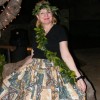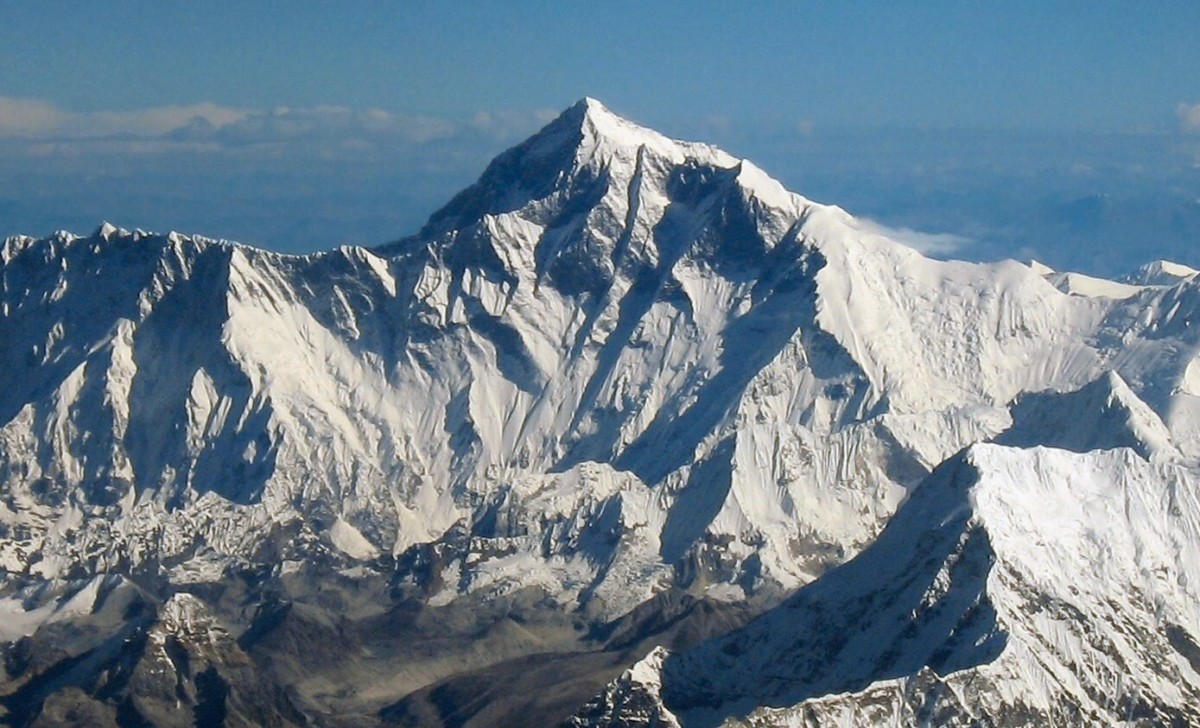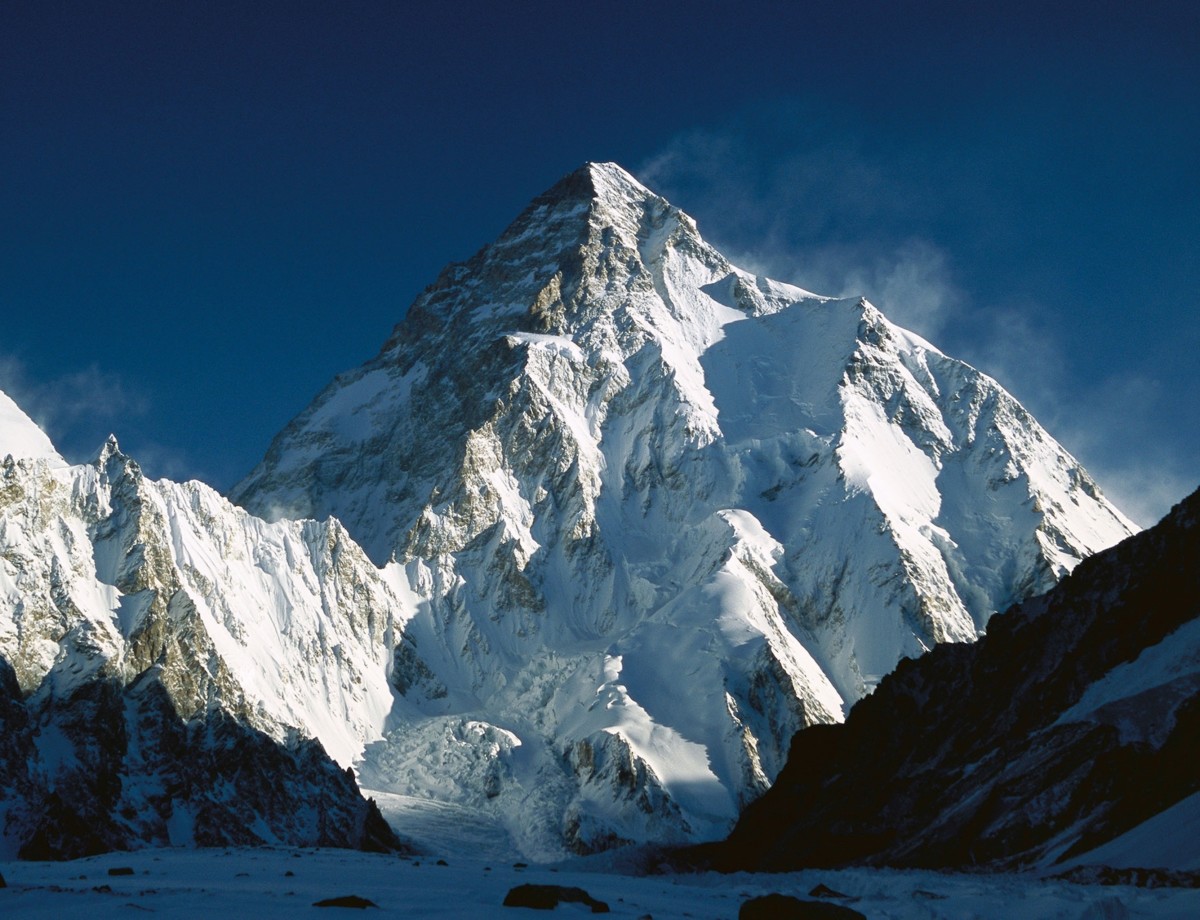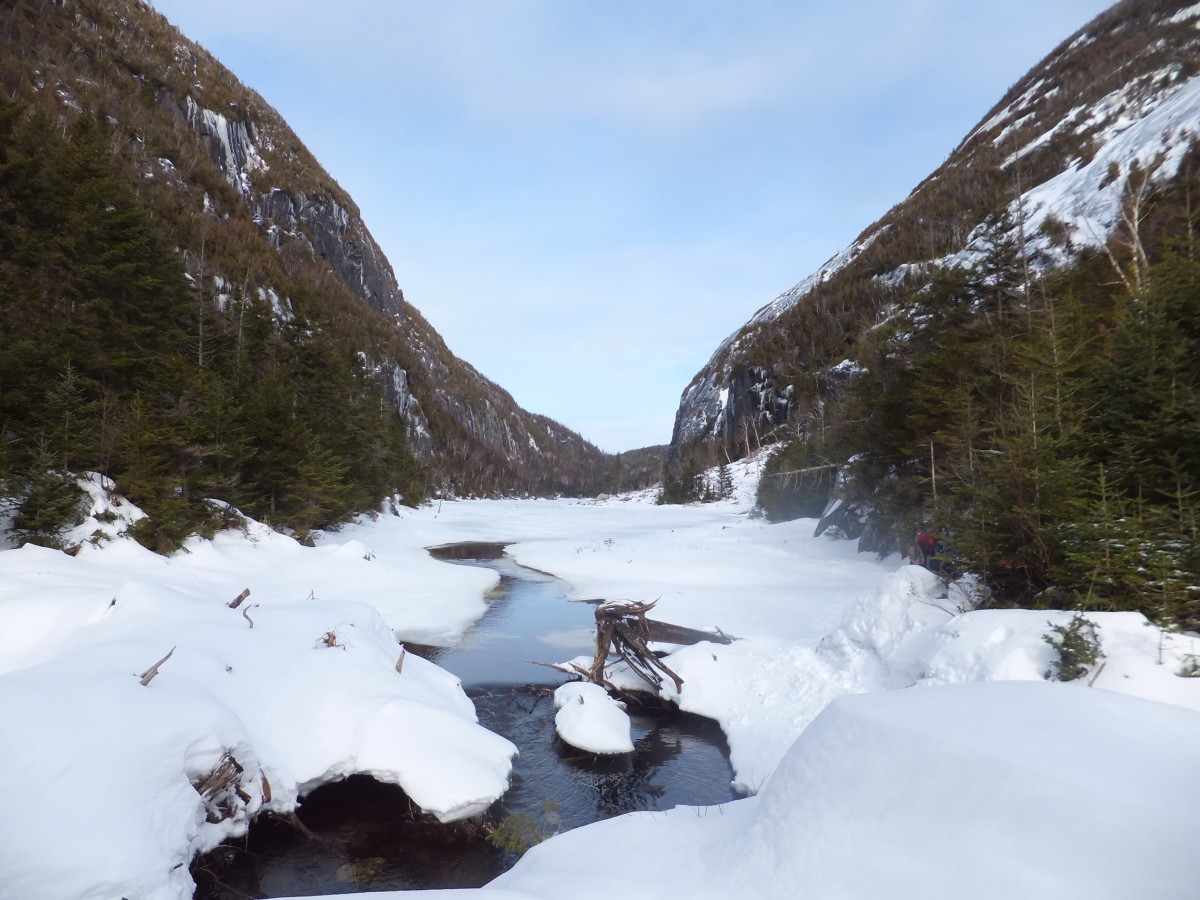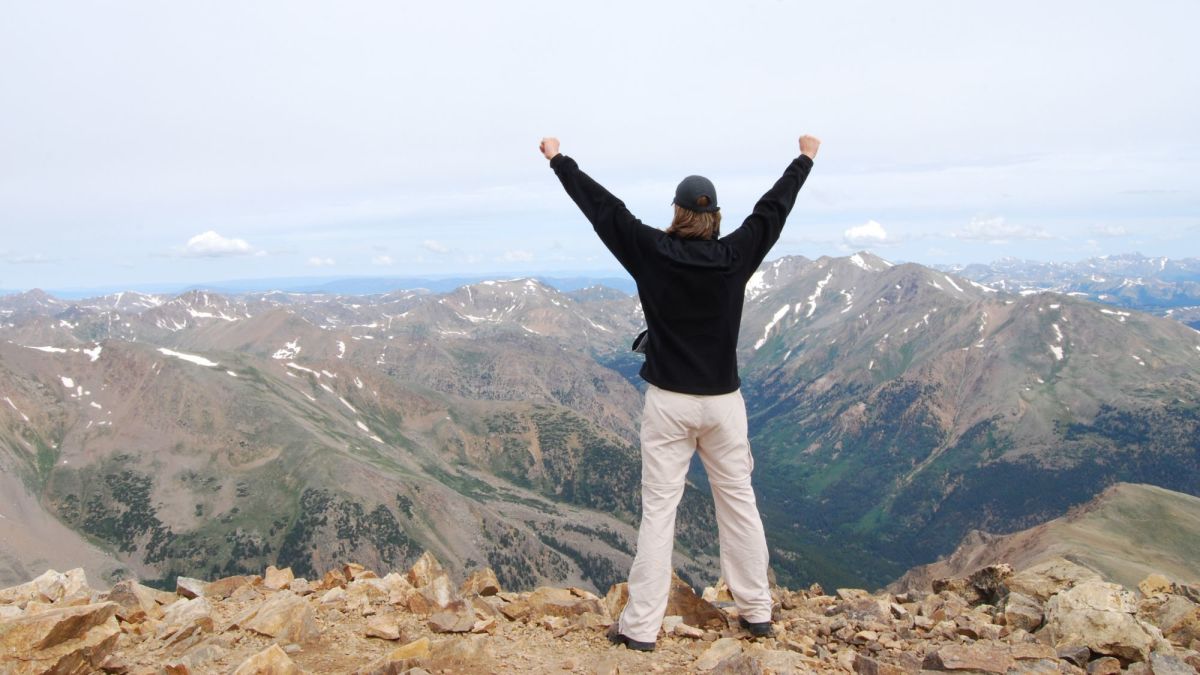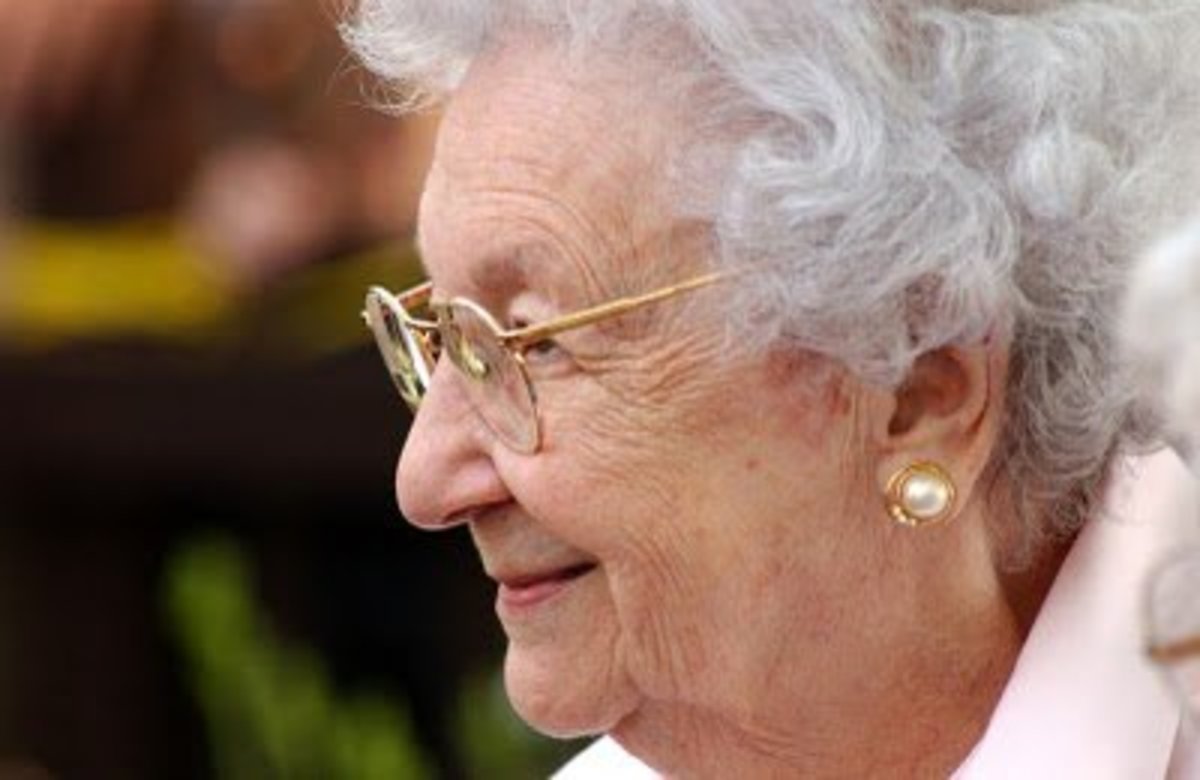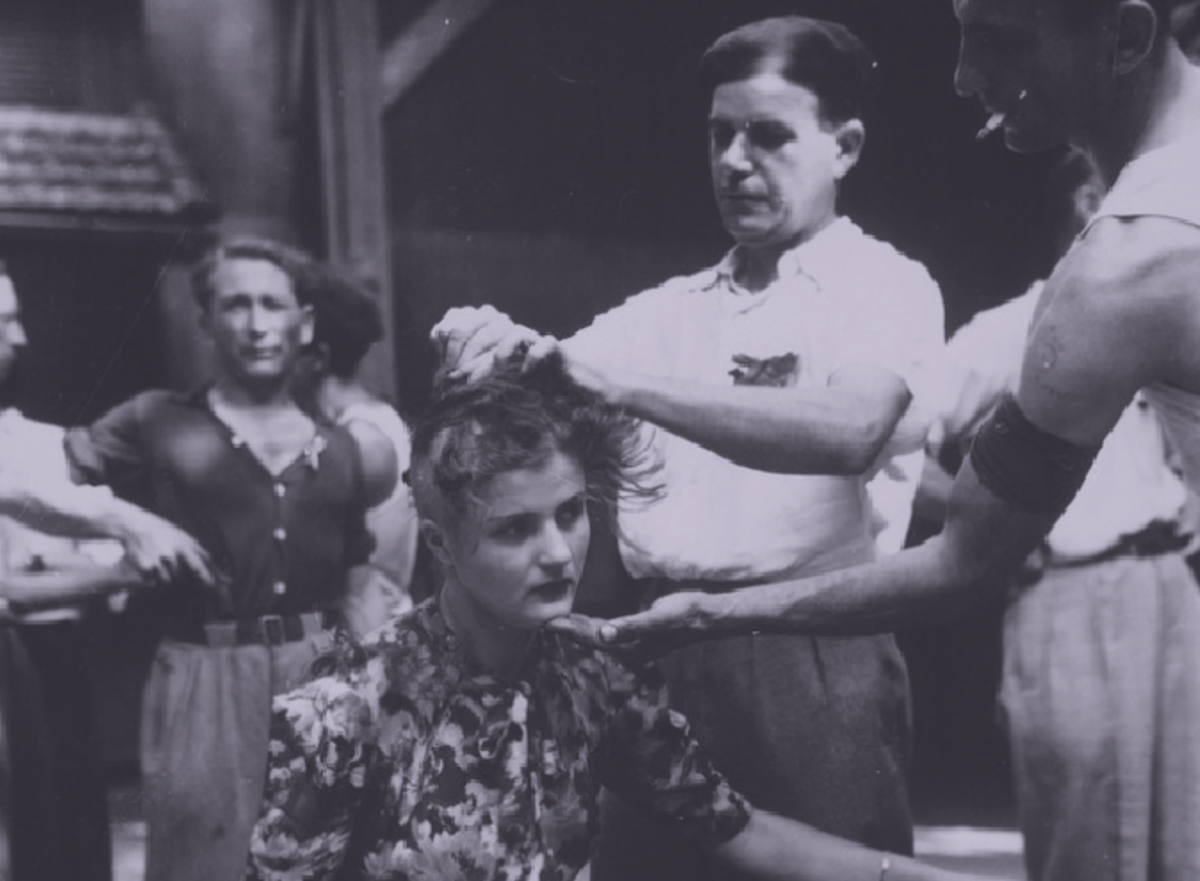Book Review of The Lost Explorer: Finding Mallory on Everest by Conrad Anker and David Roberts
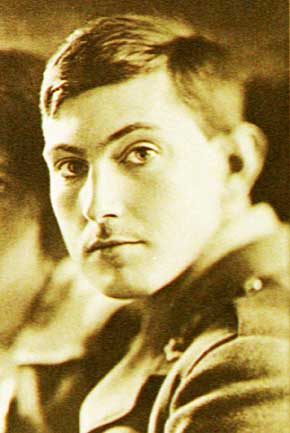
Most mountaineers are in awe of the mystique of mountain climbing legend George Leigh Mallory. Mallory and his climbing partner Andrew Irvine were the first climbers to ever get within 1000 feet of the summit of that mother of mountains—Mt. Everest. After the two men disappeared on June 8, 1924, shortly after being seen by a member of their expedition approximately 800 feet from the peak of Chomolungma (the Tibetan name for Everest which means “goddess mother of the world”), every alpine adventurer after them has either pondered or vocalized the same question: “Did they make it to the top?”
The authors of this book seek to answer this very question. One of the authors, Conrad Anker, currently among the top mountain climbers in the world, found Mallory’s body slightly below 27,000 feet on Everest in1999, slightly more than 2000 feet from the summit. The other author David Roberts was not in attendance on that trip, but is nonetheless a talented mountain climber who actually made a number of challenging climbs with George Mallory’s grandson.
On May 1, 1999 Conrad Anker and his climbing team trekked up Everest for the specific purpose of finding the bodies of George Mallory and Andrew Irvine. The expedition hoped to uncover some clue on the bodies--a camera, a note, anything that would confirm the two men had indeed made it to the top.
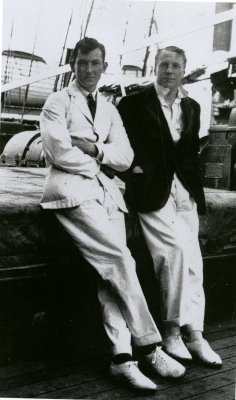
It wasn’t until 29 years after Mallory and Irvine’s fateful attempt, on May 29, 1953 that Edmund Hillary and his Sherpa Tensing Norgay made the first documented ascent to the zenith of the world and lived to tell about it. These men had significantly greater advantages than Mallory and Irvine on their journey with vastly improved technology in equipment and weatherized clothing available to them.
Strangely enough, Anker had already found two other dead bodies that same day high on Everest before he stumbled upon Mallory’s body. Then, once they found him, he and his fellow climbers were sure they had turned up Andrew Irvine instead of his illustrious associate. It wasn’t until they found name tags on Mallory’s clothing inscribed clearly with his first and last name, that they were shocked to realize that they had actually discovered the mountain climbing icon himself.
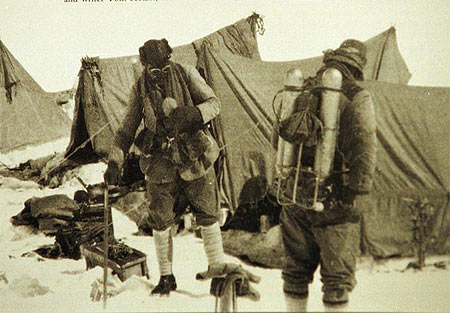
You can make money on HubPages writing articles like this!
Mallory’s body was found lying face down in the snow. He had a broken rope around his waist indicating that he had fallen. He had several broken bones. His body had been considerably pecked with holes by goraks—birds that are the only wildlife inhabitants of upper Everest. Mallory was lying on his stomach protecting the treasures in his pockets for 75 years.
They found various items in his pockets, but no camera or note or any other concrete evidence of his having crested the mountain. They did find Mallory’s goggles in his pocket. If Mallory was not wearing his goggles, wouldn’t that mean the men had been on their descent? The accident must have occurred after sundown because no climber would risk snow blindness when the sun was up by not wearing goggles.
Fellow climber Noel Odell had originally stated that he had seen Mallory and Irvine just 500 feet shy of the summit at 12:50 p.m. in the afternoon, several hours before sunset. Everyone that knew Mallory knew his personality was such that he wouldn’t have turned back without achieving his goal of reaching the summit once he had gotten as close to it as Odell claimed.
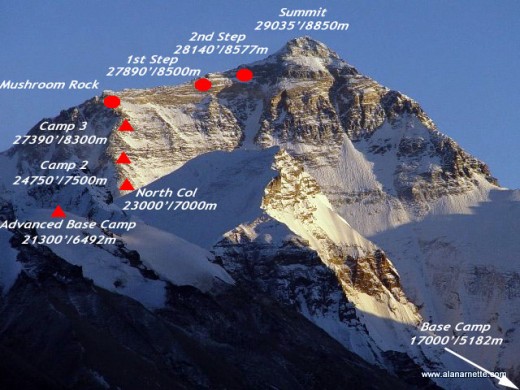
When Dave Breashears, producer of two IMAX documentaries on Everest, was interviewed about his take on the find, he said he was not surprised that the camera was not found on Mallory. He said it was more likely that Irvine was assigned the job of taking pictures of Mallory who was the more eminent member of the mission.
The circumstances that culminated in this quest for Mallory’s body had begun in 1975, when a Chinese climber on Everest had reported that he had seen an “an old English dead.” In the years following, using the combined work of a couple of researchers, the approximate area where the dead climber lay was determined based on known information about the location of the Chinese camp. An expedition was put together to make use of this information and ace alpinist Conrad Anker was invited to go.
After the trip had concluded and Anker had time to ponder the significance of his find, he did not believe he had found the body that the Chinese climber had seen. Mallory’s body did not fit the description that the Chinese climber had given. The Chinese climber must have found Andrew Irvine’s body. But Anker’s team was not able to search for Irvine after finding Mallory because the weather had suddenly turned bad on the mountain.
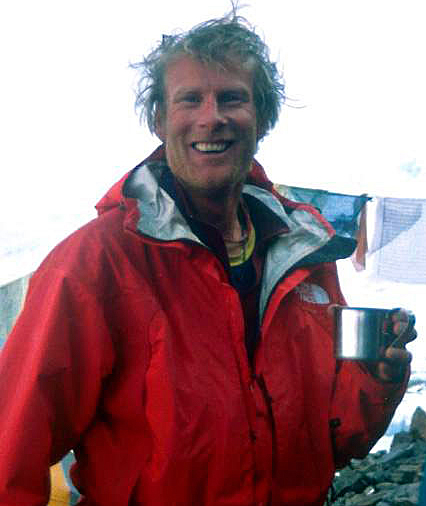
Another factor fueled the speculation that Mallory may have reached the prized pinnacle of the potentate of mountains. When interviewed subsequent to the finding of her father’s body, Mallory’s daughter Clare, only eight at the time of her father’s death, shared that she had been told that her father had carried a picture of her mother on his ambitious endeavor which he intended to leave on the snowy summit. No picture of Mallory’s wife Ruth was found among the personal effects that were found in his pockets. Could he have left it on the summit?
Several days after finding Mallory, Anker and a few of his climbing companions decided to have a go at the summit. Anker had a particular purpose in mind for doing so. He wanted to see if he could climb the notorious Second Step, a 90 foot high wall of ice on the upper ridge, without the aid of an aluminum ladder that had been affixed to the ice wall to make it less precarious.
The ladder had been placed there by the Chinese Expedition in the 1975 (the same one in which one of the team had claimed to have seen “an English dead”), so obviously Mallory and Irvine would have had to climb the difficult wall of ice without this advantage (Edmund Hillary ascended the mountain from a completely different route in 1953). All subsequent ascents of the North Ridge route have used the same ladder to get to the top.
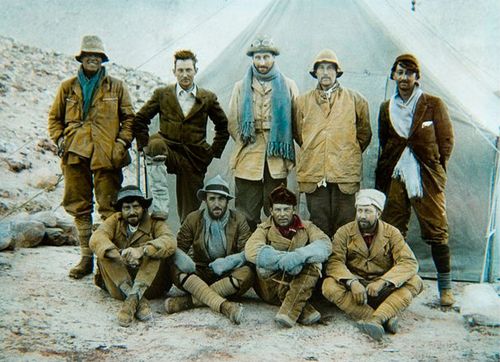

Anker and his cohorts’ plans first got derailed when a team of Ukrainian climbers got caught in bad weather while descending from the summit. Anker and company felt obligated to go up and help with the rescue.
After concluding the rescue efforts, Conrad Aker and five other fellow climbers were back at Camp V (26,500 feet) on May 15. They planned to divide into two teams—one to summit and the other to search for Irvine’s body. The team searching for Irvine ended up having to abandon the search because of the amount of fresh fallen snow that had covered everything.
When Anker’s team, the climbers who were attempting a summit, got to 27,700 feet, they found an old empty oxygen bottle. It was later determined to be a 1924 piece of apparatus proving beyond a doubt that Mallory had gotten at least to the First Step on the unrelenting north ridge.
When Anker got to the notorious Second Step on the ridge, he almost succeeded making a free climb of it. There was one point in which he became completely exhausted and had to compromise his free climb by setting one foot on the installed ladder. No one had ever free climbed the Second Step before. He considered his free climb attempt a failure due to that one time he put his foot on the ladder. However, Anker and his partner successfully made it to the summit and back down.
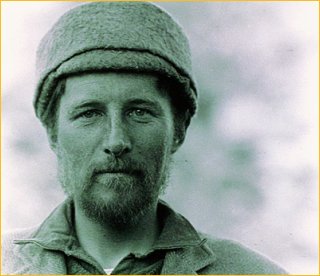
The author puts forth a personal appraisal at the end of the book as to whether or not Mallory and Irvine made it to the top of Mt. Everest. His conclusion is that the Second Step would have been insurmountable for the two men, despite Mallory’s almost superhuman climbing skills, without the help of the ladder and the sophisticated roping equipment that modern climbers have the advantage of.
Interspersed between Conrad Anker’s account of his Mallory search mission, the other author David Roberts provides background information regarding the history behind the journey made by Mallory and Irvine.
I enjoyed this book immensely but am an admitted addict to Everest lore. Anyone who is intrigued with the adventure and allure of dangerous feats, especially outdoor ones, will be captivated by this book.
Others articles about climbing Mt. Everest
- Mt. Everest Obituary Claims 216 Mountaineers
Mt. Everest is noted as the world's highest peak. The mountain possesses a magical challenge to climb its peak. It entices people of all walks of life to try climb it for prestige and honor. But sad to say as of press time already 216 mountaineers - Mount Everest and the Quest for Its Summit
